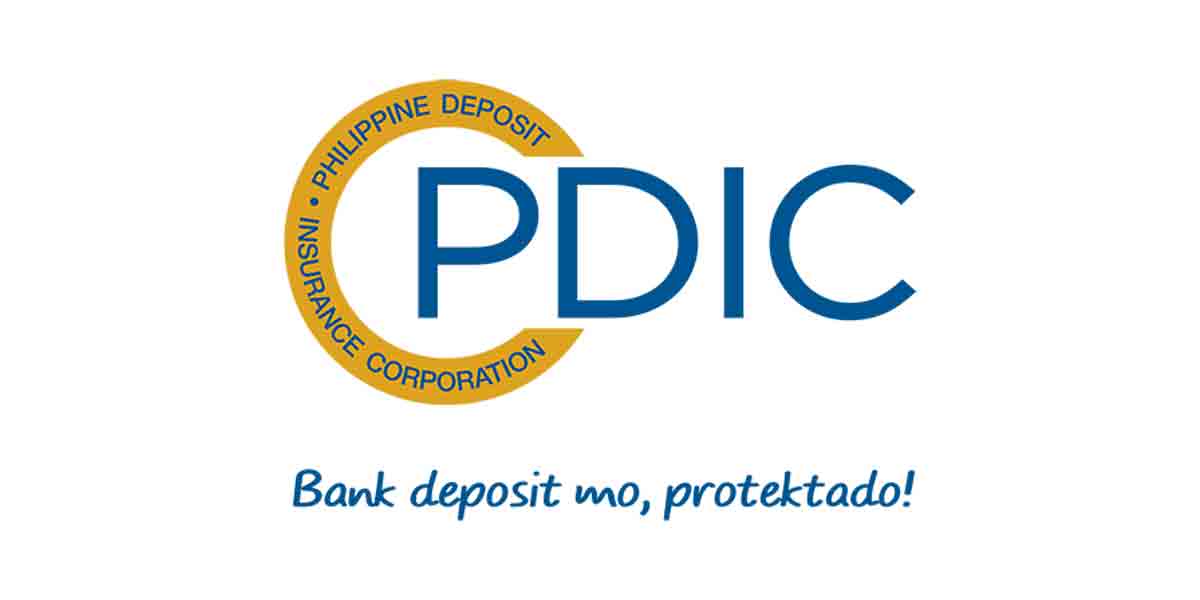The Philippine Nickel Industry Association (PNIA), the country’s largest private sector grouping of nickel mining players, says the overall outlook for the nickel industry remains compelling driven by growing demand for nickel due to its wide range of applications in the shift towards smart cities and clean energy.
Aside from being a critical component in EV batteries, raw nickel ore is also processed to create stainless steel which is used in the development of mega cities and in renewable energy technology.
PNIA President Atty. Dante R. Bravo estimates the current value of investments in the global EV industry alone is at $300 billion dollars and it is expected to grow to $1 trillion dollars as EV sales double within the next 5 years.
“Clean energy and smart cities cannot be realized without nickel as nickel has cross-cutting use in the development and manufacturing of various clean energy technologies such as electric vehicles (EVs), solar panels, power grid systems, wind turbines, and new technologies such as hydrogen-based energy,” Bravo said.
Bravo explained that the demand for nickel will continue to be influenced by China just as it did for the past decade. He expressed optimism that the reopening of the global economy this year, as well as the rollout of China’s infrastructure investment plan, would resume activity in the construction sector triggering momentum in the demand for stainless steel.
Investments in nickel sector needed for PH to gain from global nickel demand
Globally, Indonesia and Philippines are known to have substantial reserves to meet global nickel demand. However, the Philippines needs to attract investments that will enable the exploration, processing, and further development of the country’s nickel reserves.
“Currently, we only have 34 nickel mines and production is typically influenced by global nickel supply and price. Production in 2022 is at 29.2 million dry metric tons. Meanwhile, Q1 2023 production is at 3.9 million dry metric tons. We can expect significant growth in production if we start to attract investments in mining exploration and there is a clear viable track towards value added processing,” said Bravo.
Further, Bravo explained that the Philippines only has 2 successfully operating nickel processing plants. Investments are needed to conduct further exploration and feasibility research to determine nickel reserves as each processing plant needs at least 100 million tons of raw nickel ore to be considered viable.
“The industry needs a lot of support from the government, be more open to exploration, and make it easy for foreign investors to come in. We need to map out what we have and what we don’t have. Currently, we have the capability to mine nickel, but there is a whole value chain in value-added processing leading to the manufacturing of battery that needs to be enabled guided by the right government policies and programs,” said Bravo.
In response to the government’s direction to accelerate the growth of mining and pivot towards value-added processing, PNIA is currently hosting policy discussions with government counterparts and stakeholders under its Nickel Initiative program.
“Since March this year, PNIA has conducted three roundtable discussions with top officials from the DENR, DTI-BOI, DOF, DOST and other government agency partners to pursue common direction towards making the local mining sector truly competitive, to attract the investments, and to promote responsible mining,” said Bravo.
Bravo announced that the roundtable discussions will culminate in August during the conduct of Nickel Initiative 2023 Business Conference to be attended by government, private sector, and other non-government nickel industry stakeholders.
Bravo said “the discussions have been productive so far and we look forward to zooming in on action points that raise the competitiveness of the Philippine nickel mining sector and make it a veritable driver of responsible mining and inclusive economic development.”




















